Monk fruit (Siraitia grosvenorii or Luo Han Guo)
Monk fruit is a perennial herbaceous plant cultivated in Asia. This round, green fruit was traditionally used in folk medicine for the treatment of several common illnesses such as coughs, colds, sore throats, constipation, and extreme thirst. Studies in recent decades have advanced the knowledge of the biochemical and pharmacological properties of this fruit. So far, several compounds have been identified and isolated from monk fruit, such as mogroside extract (antioxidant). The biochemical properties as well as the health benefits of monk fruit are discussed in this study. 1
Also other studies cited in the same text describe certain properties that monk fruit would have as a role in disease prevention: antihyperglycemic and antidiabetic, anti-obesity, anti-fatigue, anticancer.
It was concluded by mentioning that monk fruit is an excellent source of triterpinoids, a group of mogrosides responsible for the sweetening power and pharmacological properties of the fruit. Monk fruit mogroside extract provides a higher sweetening power (>300 times) than sucrose with low or no caloric value. Several foods sweetened with mogrosides or monk fruit extract have shown a significant reduction in glycemic index and diabetes. Monk fruit as a sweetener would have a wide scope of application for its use as a table sweetener as well as in various food, confectionery, beverage and pharmaceutical industries.
Stevia (Stevia rebaudiana)
In the past, in South America, the Indians added it to herbal infusions to sweeten them; in Brazil and Paraguay, it has been used in cooking for centuries; in Latin America, it is considered hypoglycemic, hypotensive, diuretic and cardiotonic. It was rather at the beginning of the 20th century that people began to really take an interest in it, its sweetening power is 100 to 300 times greater than that of sugar without any calories. It was in Japan that a method of extracting stevia glucosides was developed, and stevia extract was authorized as a food sweetener. Its use quickly spread throughout the world, it is found as a food additive, sweetener or supplement, depending on the approval of each country concerning its use. 2
In Canada, since September 2009, stevia and its extracts have been authorized, under certain conditions, as a medicinal and non-medicinal ingredient in natural health products.
Stevia is also listed as a tabletop sweetener and sweetener in certain food categories by Health Canada. 3-4
The World Health Organization (WHO) concluded in 2006 that stevioside has no negative effects on reproduction and is not carcinogenic. 5
References:
1.AK Pandey, Om Prakash Chauhan, Monk fruit (Siraitia grosvenorii) - health aspects and food applications, Pantnagar Journal of Research ol. 17(3), September-December, 2019] https://www.researchgate.net/publication/339106844_Monk_fruit_Siraitia_grosvenorii_-_health_aspects_and_food_applications
2. https://www.passeportsante.net/fr/Solutions/PlantesSupplements/Fiche.aspx?doc=stevia_ps
3. https://www.canada.ca/en/health-canada/services/food-nutrition/food-safety/food-additives/authorized-lists/9-sweeteners.html
5.WHO FOOD ADDITIVES SERIES: 54. Safety evaluation of certain food additives Prepared by the Sixty-third meeting of the Joint FAO/WHO Expert Committee on Food Additives (JECFA), 2006, pages 138 to 141 https://www.who.int/publications/i/item/9241660546

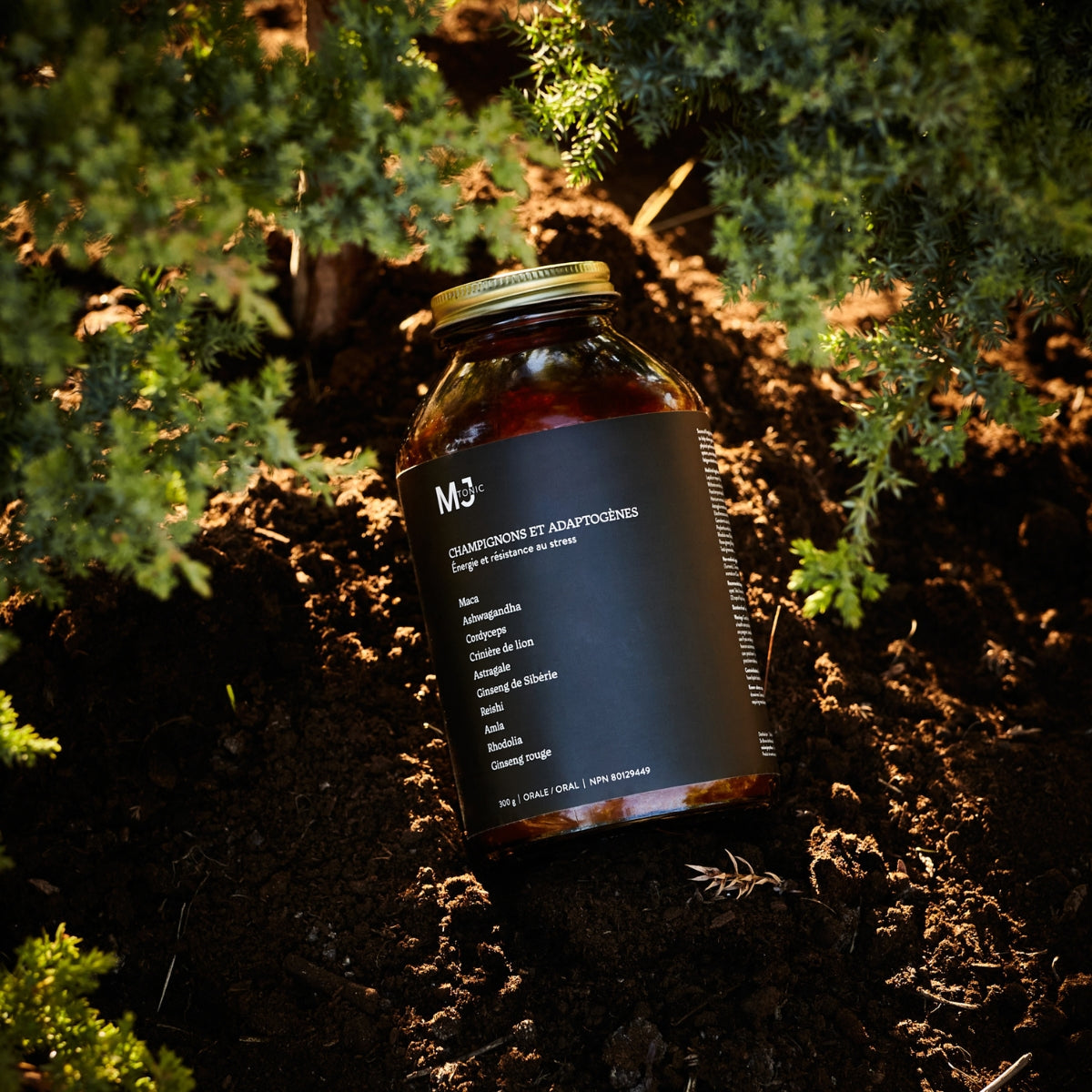

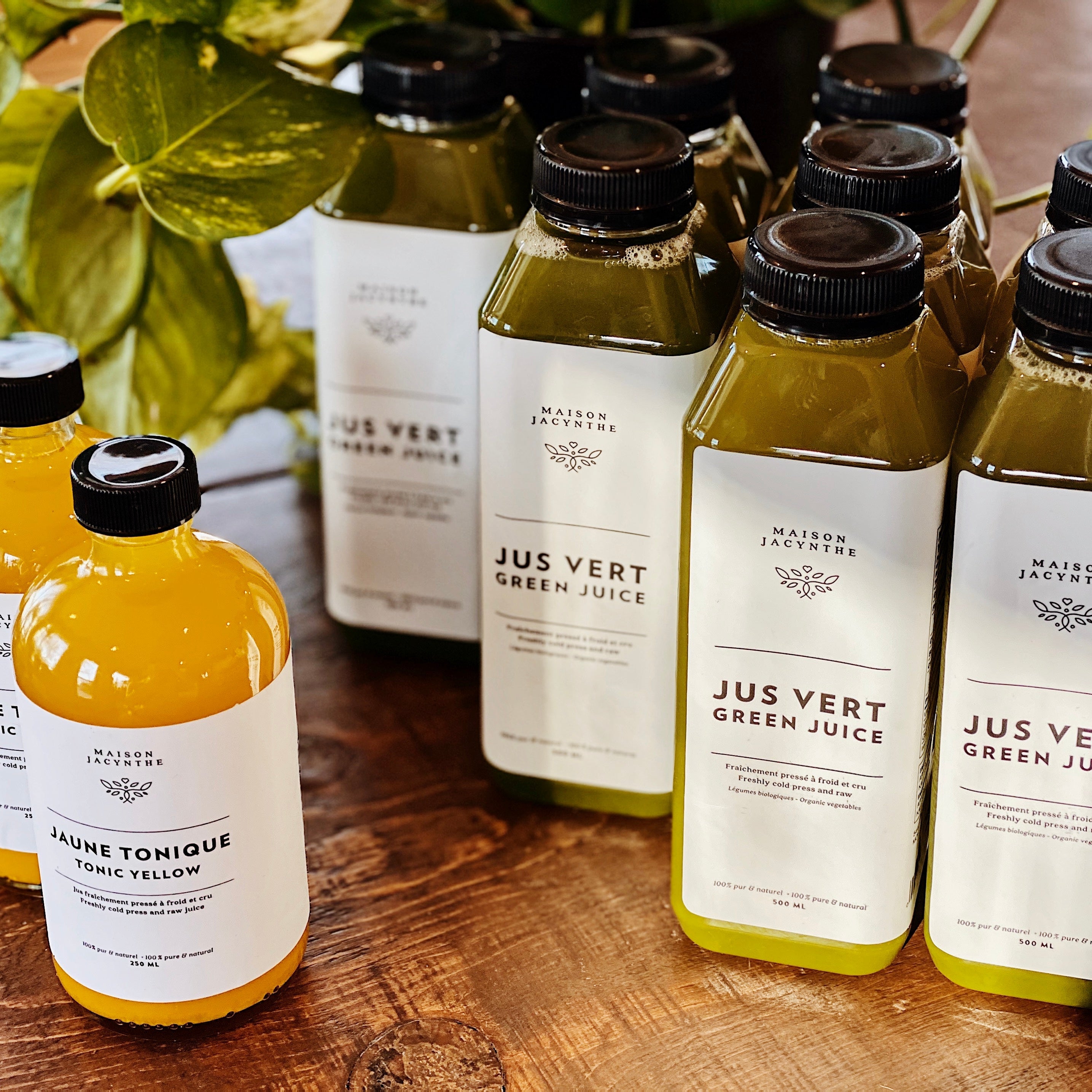


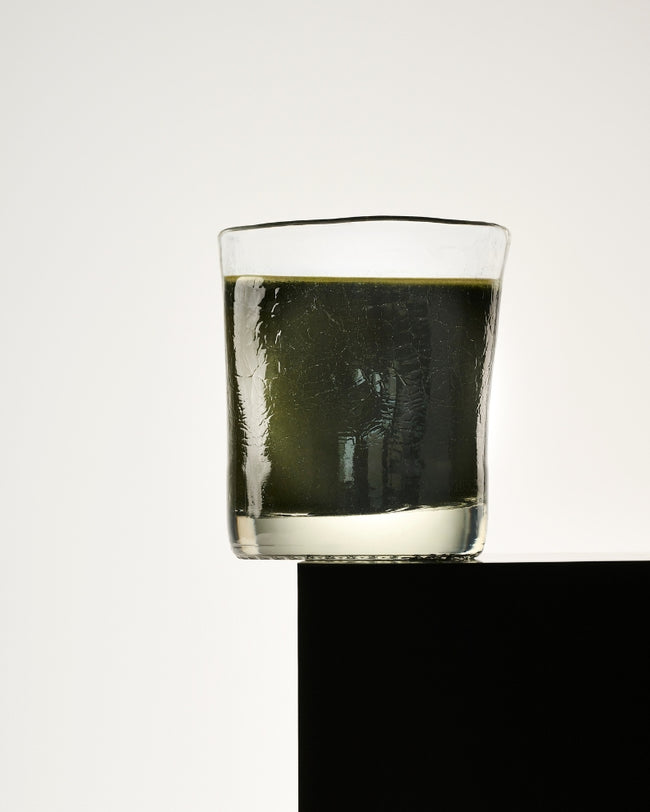



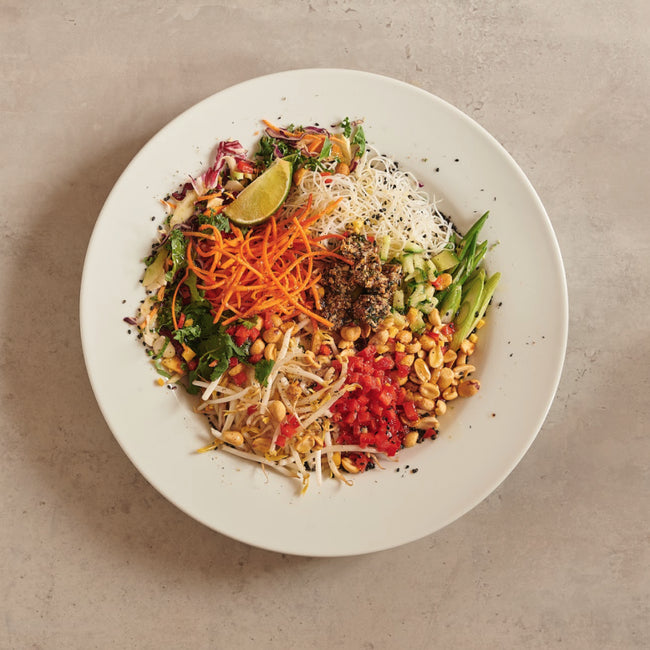
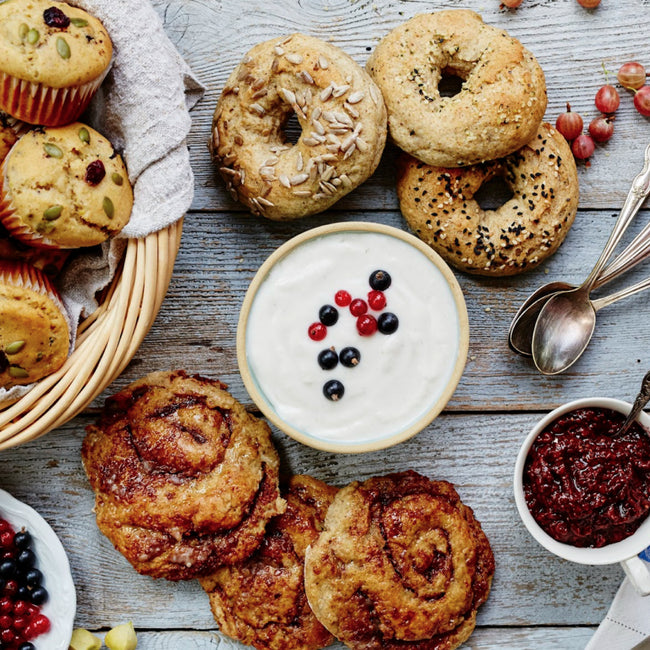
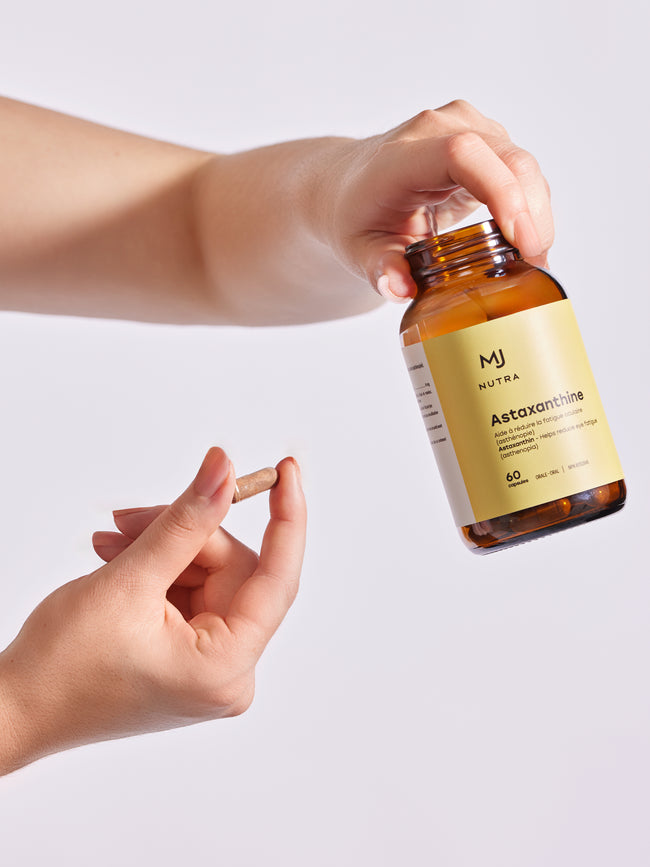


















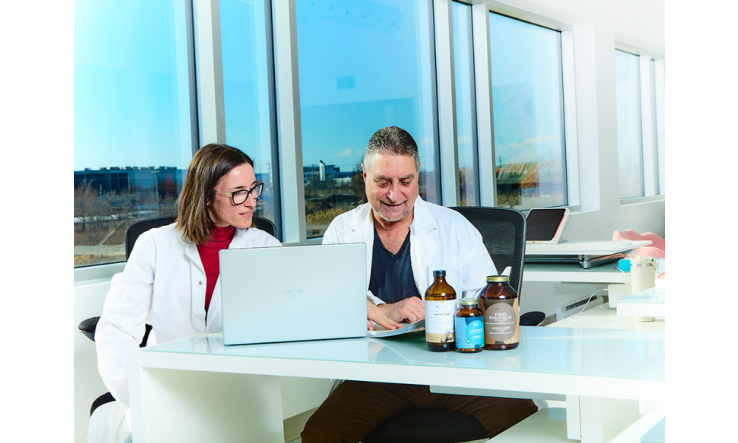
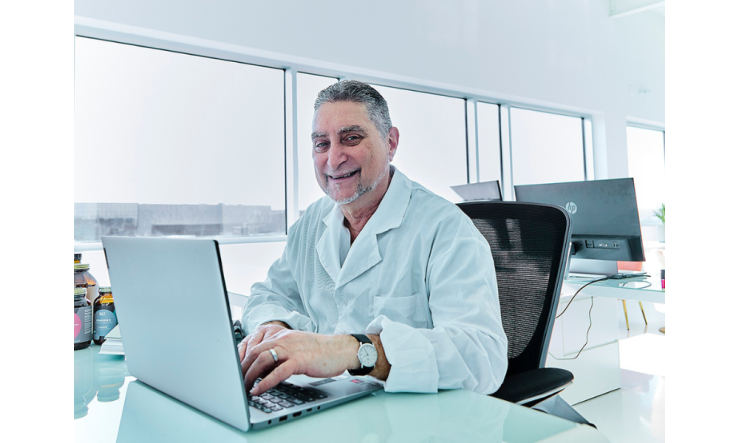
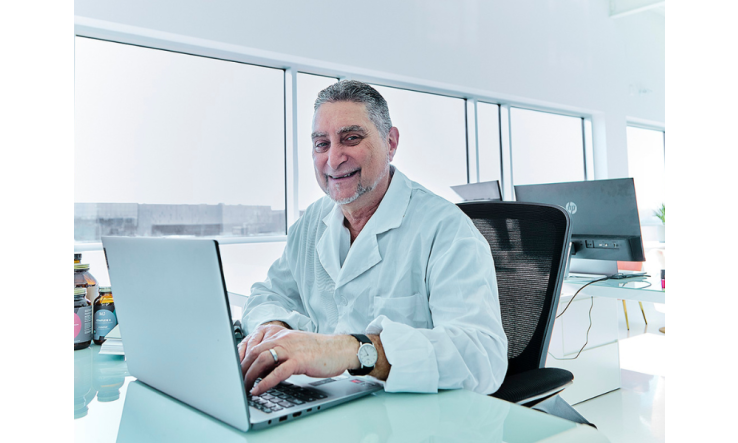


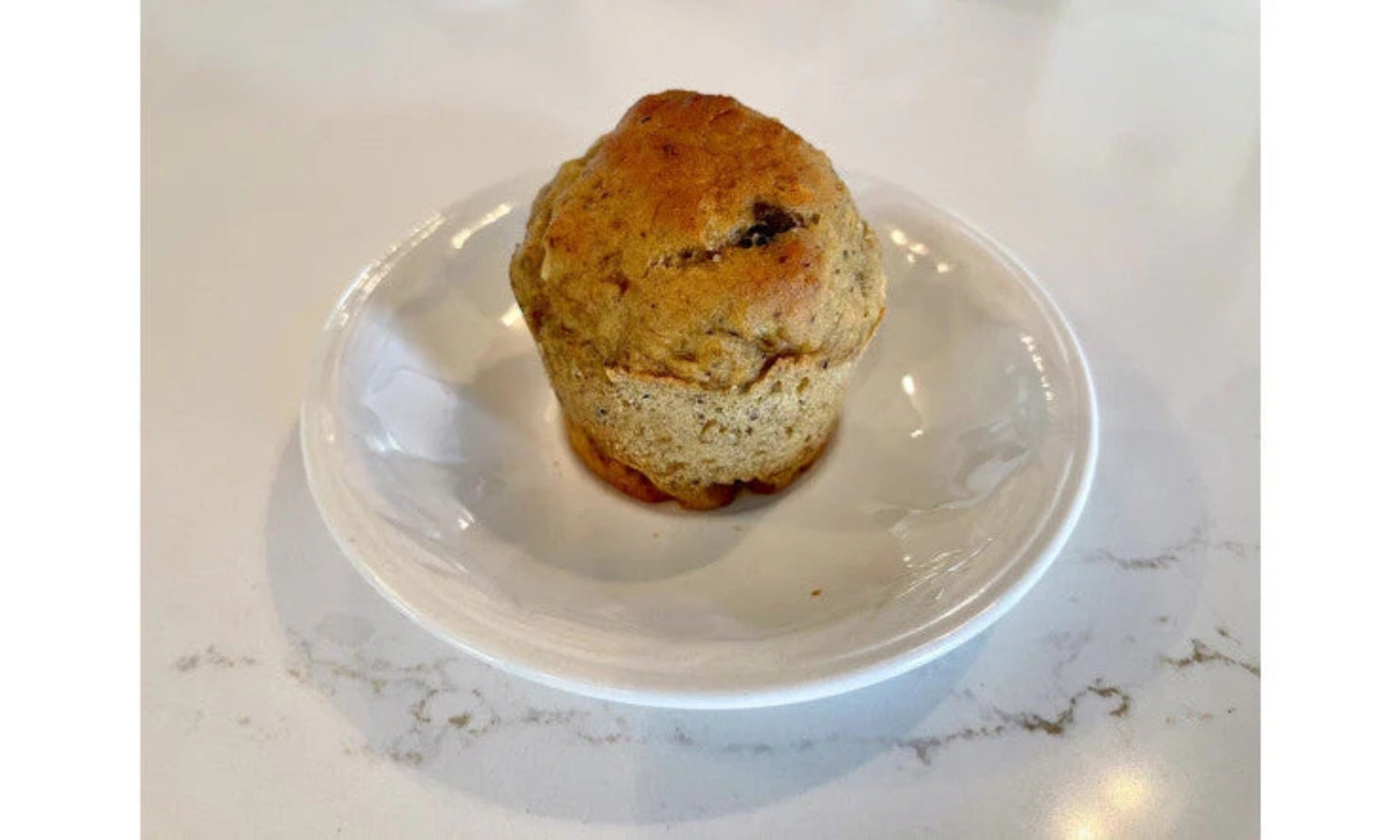

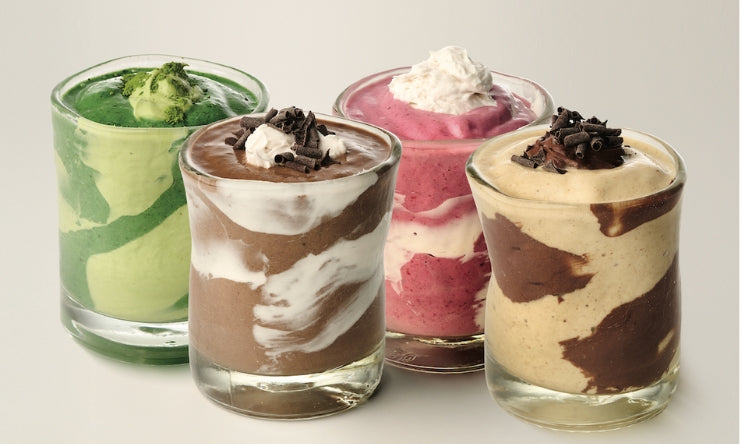




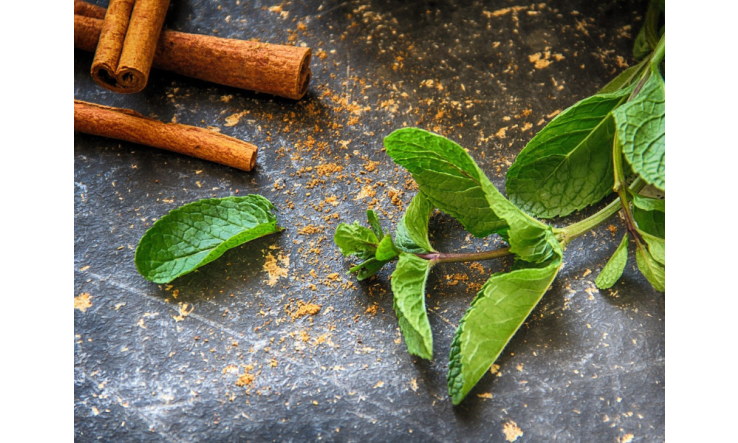




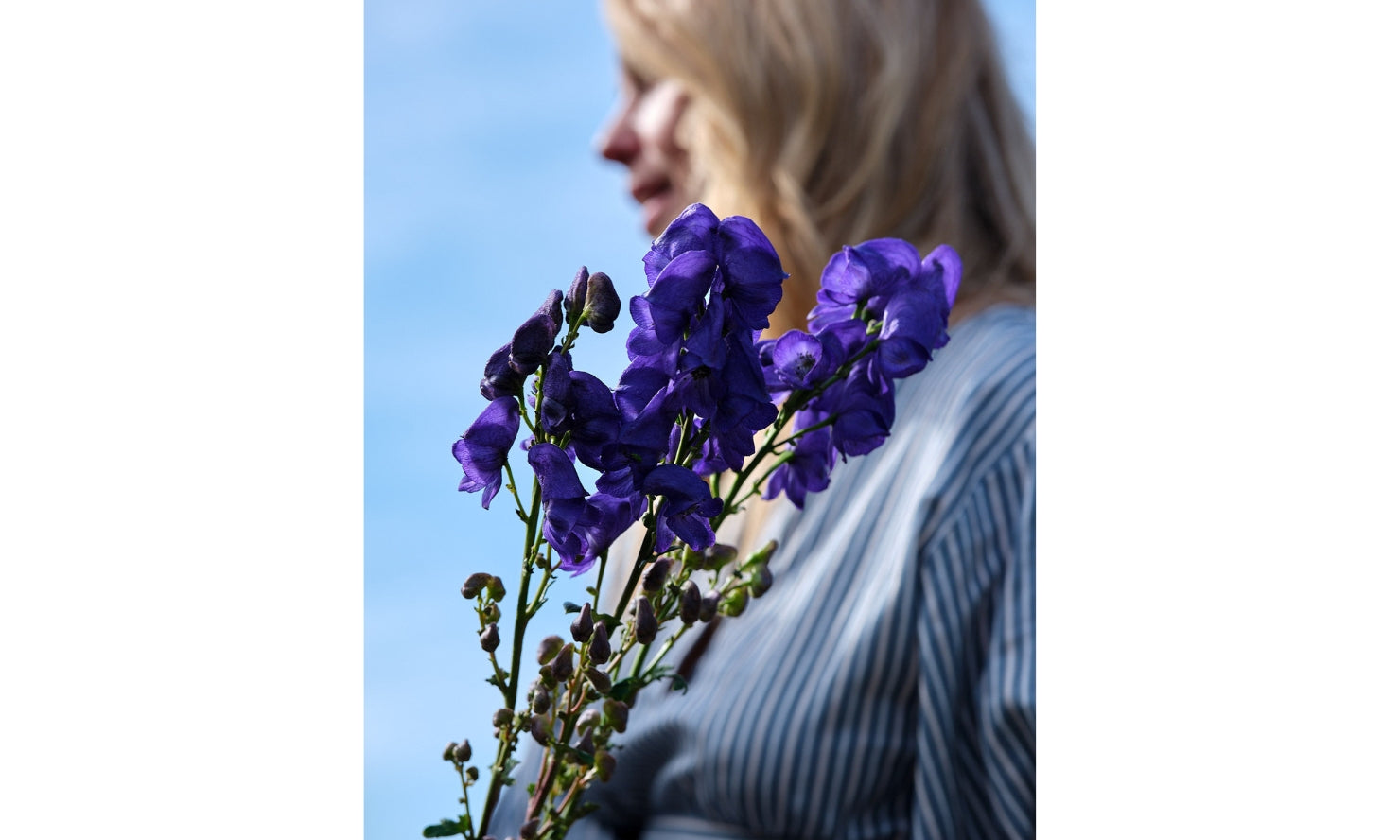











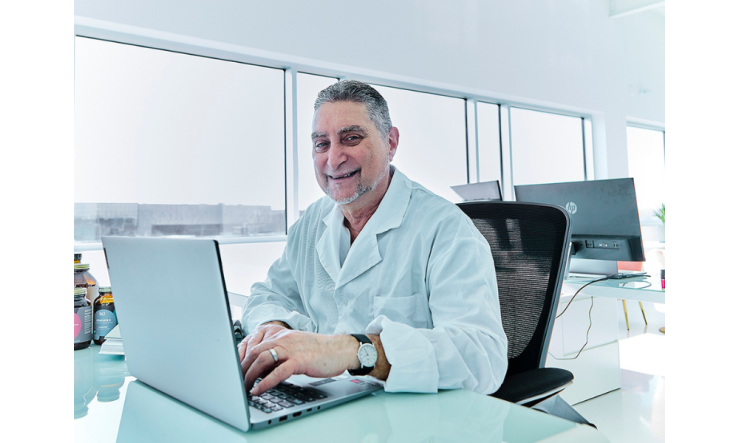


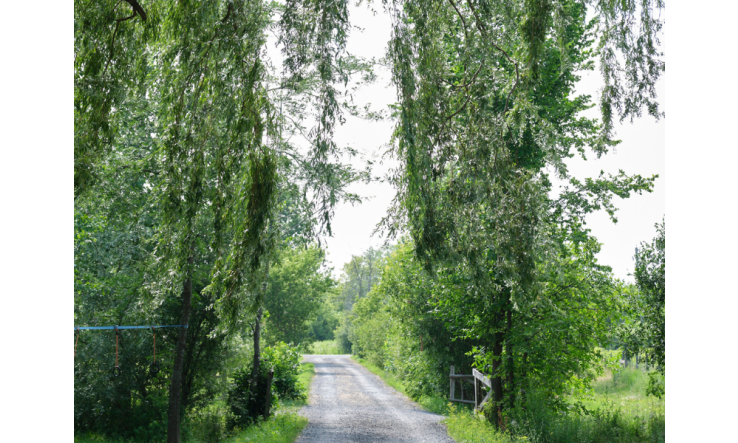




Leave a comment